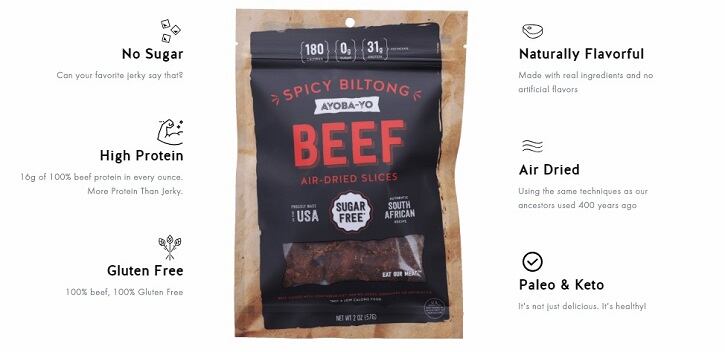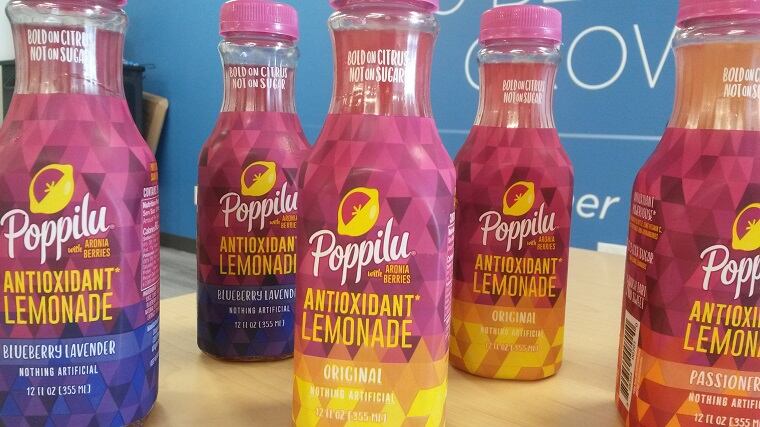For this strategy to succeed, companies need to ensure their branding remains front and center and isn’t lost under the restaurant’s larger umbrella branding, advise the co-founders of the early-stage company Cleveland Kraut.
In this episode of FoodNavigator-USA’s Investing in the Future of Food, the entrepreneurs behind the Cleveland, Ohio-based fermented food brand share advice for how to maximize the influence of chefs and foodservice as well as how starting at farmers markets helped them fine-tune their product and marketing pitch. They also share insights that they have gained while participating in the first cohort for Kraft Heinz’s Springboard incubator platform.
Benefits of teaming with chefs
When Cleveland Kraut was first forming, the co-founders tapped into the larger food eco-system in their hometown to help them fine-tune their product.
“There are a lot of chefs we were friends with who would taste our kraut, help us nail down the exact spices, rolling out new flavors,” and over the course of a year and a half with their help we were able to build out a broad portfolio of products, said Mac Anderson, who along with his brother Drew Anderson and their brother-in-law co-founded Cleveland Kraut.
Through this early partnership, the company’s products started catching the attention of other area and celebrity chefs, added Drew Anderson.
“We just started getting a lot of good demand from chefs. They would come in the morning to our farmers markets and pick up big sacks” of our kraut, and that is when we realized we were on to something and decided to expand into retail as well as food service, he added.
The trio quickly looked for ways to leverage the early support and interest of area chefs and foodservice establishments to help them gain brand awareness with consumers and traction at the retail level.
One way they did that was being “front of house” and “brand forward,” said Drew Anderson. “If we are on a menu, we love if they call out, you know, that it is Cleveland Kraut, or if we are on a salad bar, where we have had success … we are branded.”
In order to earn a spot on restaurant menus, the brothers acknowledge that they needed woo chefs. For example, they offered some chefs free product to “play with,” and asked that in exchange if they found a use for the kraut that they would give credit to Cleveland Kraut.
The founders also offered to create social media buzz around events, special menu items or seasonal offerings, which would drive traffic to restaurants as well as build brand awareness for the young company.
The brothers also explained to chefs how partnering with them would benefit the restaurant in terms of easing the work load on staff, reducing the risk that fermenting sauerkraut made in-house in the kitchen could make the service room smell and always being able to deliver at scale.
Lessons learned from working at farmers markets
A lot of the strategies the brothers use to promote their sauerkraut to chefs, foodservice retailers, and ultimately CPG consumers, they fine-tuned at the farmers markets where they got their start.
“We grew up, our mother was a chef and a biologist and she started at farmers markets … and when were young, we were schlepping produce, going to different markets,” and seeing how other businesses in the space built their brands, Drew Anderson said.
“Those Saturdays when we were managing markets, we were watching small companies grow. It was very much an incubator ecosystem on its own – but for low risk, these companies can test out products. Some would make it, some would do really well and go on to go into local retailers, and we love watching those success stories, and we also watched some people fizzle out, and we would learn from both of those occasions,” added Mac Anderson.
Among the lessons they learned at the farmers market that apply directly to launching a CPG is to create a sharp display booth that is piled high with abundance and to sell not just a consumer good – but also an experience. They recommend looking at other booths at expositions as well as combing through social media, especially Pinterest, for ideas on how best to display products.
“For a lot of companies, this is your first branding exercise. It is the first time people are going to be seeing and experiencing your brand,” and if it is a good experience they will remember your product when they see it in stores and feel as if they have a personal connection that will prompt them to purchase it, said Mac Anderson.
Sampling is another key strategy the brothers learned at farmers markets and continue to use today.
“You have to sample – especially if you have a product that people aren’t used to. You need to drive trial,” so they are willing to buy a package to take home, Drew Anderson added.
Farmers markets also are a great place to gather consumer feedback, not just about the product, but about marketing efforts as well, said Mac Anderson.
Building on initial success with help from Springboard
While Cleveland Kraut was growing fine on its own, the founders wanted a chance to team with Kraft Heinz through the Springboard incubator program in part because the CPG giant dominates the condiment space and could provide guidance on how to scale.
For example, Springboard has helped the young company develop new products that fit within its core branding and appeal to consumers based on data that otherwise would have been too expensive for the startup on its own.
Cleveland Kraut also will open a production facility this fall. The new space will enable to brand to better control the flavor and quality of the product, as well as meet increased distribution demand.



